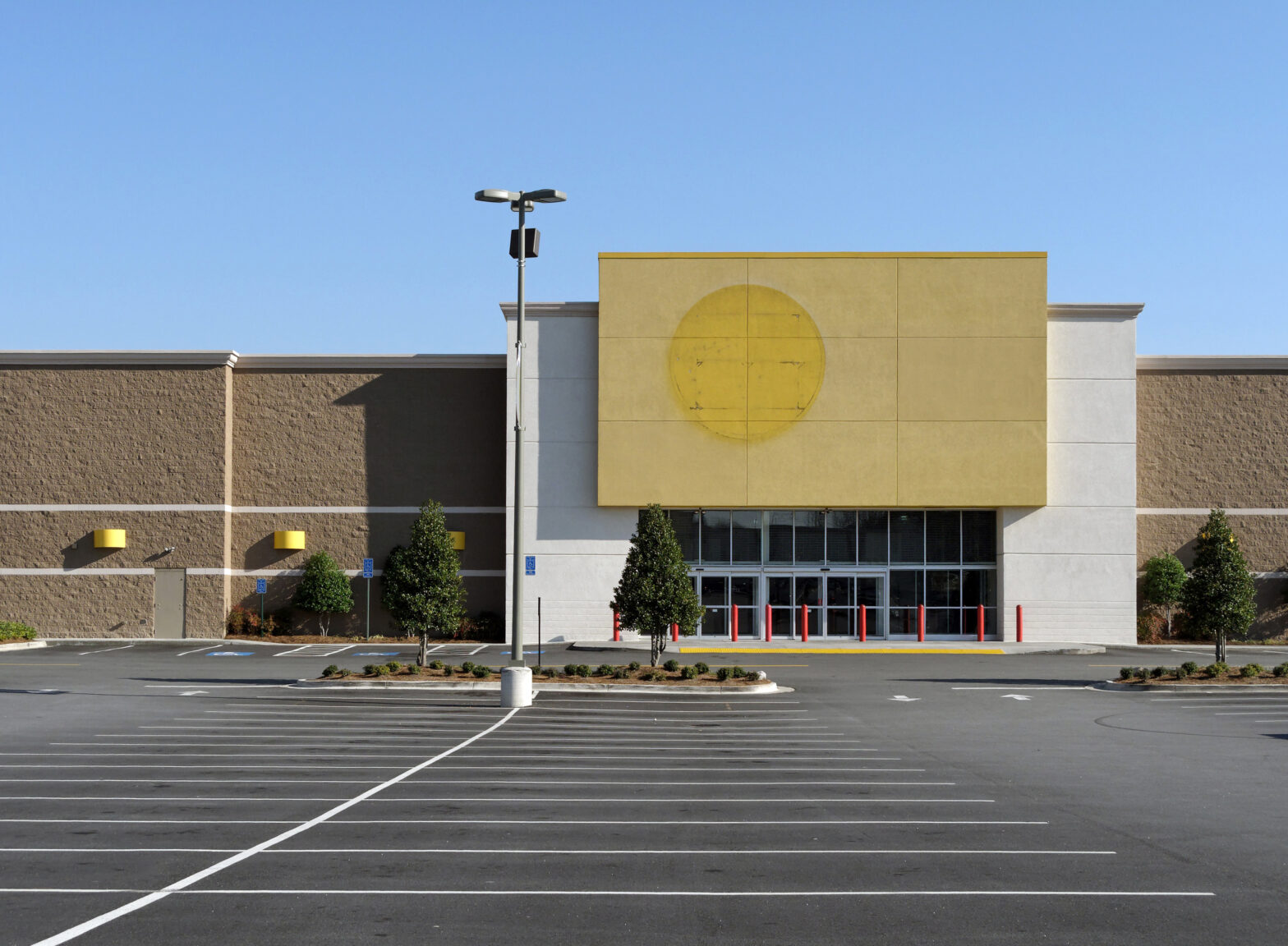In mid-September, retail giant Toys ‘R’ Us filed for bankruptcy protection in the US and Canada, becoming the latest major household brand to struggle in today’s digital age. In the UK, the toy shop has faced similar challenges, and recently announced the closure of a quarter of its stores.
As analysts have noted, the Toys ‘R’ Us’ large network of bricks and mortar outlets proved to be an expensive burden, which, when coupled with the threat from online players such as Amazon and eBay, fueled its financial problems. With 13.7% of all toy sales taking place online, up from 6.5% five years ago, Toys ‘R’ Us’ has become another casualty in a line of big brands that have been slow to digitally transform their business.
>See also: How companies must adapt to the digital revolution
Fortunately a judge approved a loan of more than $3.1 billion, providing the retailer with the opportunity to steer itself out of trouble by utilising digital technologies and new business models.
Already, Toys ‘R’ Us has rushed to embrace the latest trends: CEO Dave Brandon told USA Today that it would be debuting an interactive, augmented reality experience in its stores, while ramping up its online presence. But although the toy store may be making changes now, does it have the digital strategy and competency to compete?
The customer experience in a digital age
Success will undoubtedly depend on Toys ‘R’ Us delivering exceptional digital experiences, improving cross-channel connections and taking its messaging directly to customers through social and mobile marketing. Cloud technology powers these services, becoming the digital middleman that must not only be always up and running, but must also support agility and innovation.
For Toys ‘R’ Us’ digital strategy to be successful, the IT organisation, together with other lines of business, must therefore utilise information and digital assets to redefine the customer experience and operational processes.
IT professionals will have the chance to become heroes as they aim to accelerate delivery of highly available and massively scalable applications and services, while increasing quality and cutting costs. It is a huge challenge that requires perhaps moving applications to the cloud, enabling IoT transactions, and building out virtualised data centers and networks.
>See also: Cognitive disruption: what it means for business
In today’s highly agile, automated and connected world, Toys ‘R’ Us and other retailers need to strip away the unknown, and remove guesswork by sourcing critical information to drive decision-making and solve problems faster.
Technologies such as augmented reality may provide a great means of driving foot traffic and engaging with customers, but delivering a great retail experience (online and offline) will ultimately depend on the monitoring of the availability, reliability, and performance of various business services. As any DevOps, NetOps or SecOps person will testify, you can’t fix what you can’t see. As such, controlling business outcomes starts with pervasive visibility in hybrid environments, on- and off-premises, across multi-clouds and anywhere along the service delivery path.
Utilising smart data insights to get a competitive edge
While each retail organisation will define and implement their digital value chain to best compete and win, every business action and transaction traversing the IT infrastructure is based on wire data. In fact, delivering a flawless customer experience with service assurance, security, and business intelligence requires visibility into traffic and application flows based on wire data.
By turning wire data into smart, structured and meaningful data it is possible to discover service dependencies across application, compute, and network workloads. It also allows companies to gain actionable insight to quickly triage service performance and get to the root cause of any problems impacting the digital business. This is particularly critical when considering organisations like Toys R’ Us who face the daunting challenge of transitioning from legacy systems to applications in the cloud and doing integration to deliver a world-class omnichannel customer experience.
With power squarely in the hands of the customer, smart data is needed by the IT organisation to control service quality and performance before, during and after migrating applications to the cloud and when integrating systems to deliver customer value and convenience.
>See also: How to disrupt before you get disrupted
Delivering a holistic retail experience in a fragmented environment requires an increasingly complex digital services ecosystem spanning mobile, network edge devices (or sensors), hybrid clouds and software-defined networks and data centers.
By having end-to-end visibility of the entire IT environment, with solutions that deliver real-time insights into service, application, and infrastructure performance, retailers can confidently exploit new digital innovations and provide a seamless and targeted customer experience, every time.
On one hand, consumers demand a consistent shopping experience. On the other hand, reducing business risk associated with continuous delivery of services is putting tremendous pressure on IT organisations. Add to this the fact that competition can be around the corner or on the other side of the planet.
With brands such as Jaeger and popular high street stores like the 99p Store amongst those who closed a number of outlets in 2017, it’s clear that Toys ‘R’ Us’ problems are indicative of a wider industry trend. Consumer demands are changing, and millennials and Generation Z want different things than Baby Boomers.
As such, data is king, and as PwC’s Total Retail Report 2017 highlights, retailers using it to differentiate themselves will determine if they are market share donors or takers. To keep up with shifts in customer needs and buying behavior, data insights and responding at the speed of business will be the main weapon in the fight for success. Otherwise, it won’t be long before another famous brand falls on hard times because they failed to develop a digital strategy and ethos to compete in today’s retail world.
Sourced by Ron Lifton, senior enterprise solutions manager, NETSCOUT







